Circa 2019 the quantum computer could control time.
Scientific Reports volume 9, Article number: 13389 ( 2019 ) Cite this article.
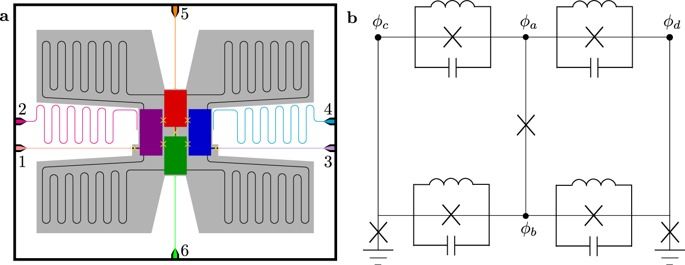
Circa 2019 the quantum computer could control time.
Scientific Reports volume 9, Article number: 13389 ( 2019 ) Cite this article.
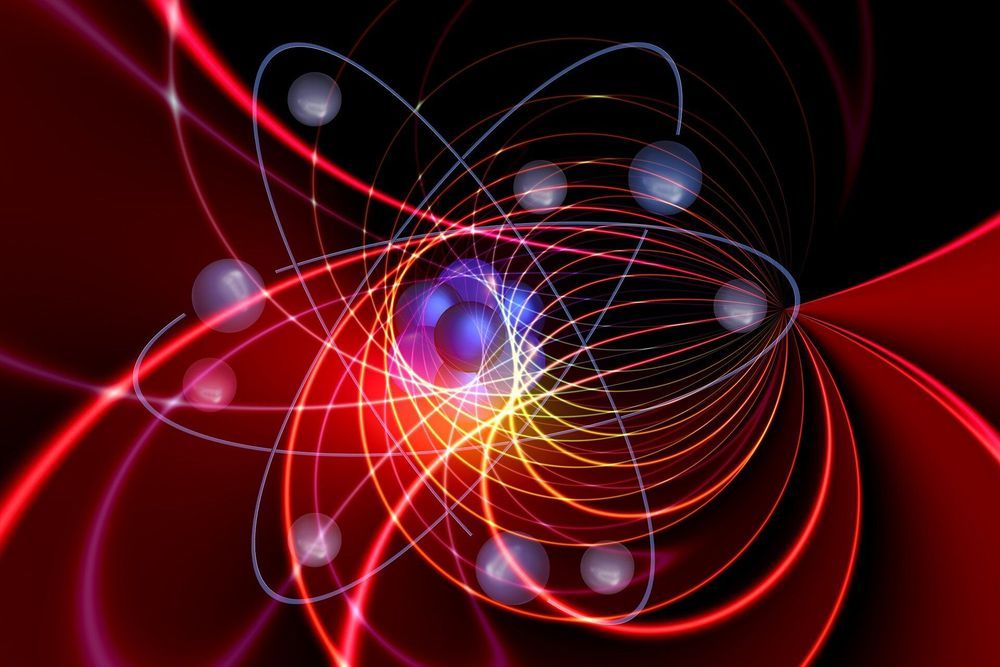
A group of scientists from the RIKEN Center for Emergent Matter Science in Japan has succeeded in taking repeated measurements of the spin of an electron in a silicon quantum dot (QD) without changing its spin in the process. This type of “non-demolition” measurement is important for creating quantum computers that are fault-tolerant. Quantum computers would make it easier to perform certain classes of calculations such as many-body problems, which are extremely difficult and time-consuming for conventional computers. Essentially, the involve measuring a quantum value that is never in a single state like a conventional transistor, but instead exists as a “superimposed state”—in the same way that Schrodinger’s famous cat cannot be said to be alive or dead until it is observed. Using such systems, it is possible to conduct calculations with a qubit that is a superimposition of two values, and then determine statistically what the correct result is. Quantum computers that use single electron spins in silicon QDs are seen as attractive due to their potential scalability and because silicon is already widely used in electronics technology.
The key difficulty with developing quantum computers, however, is that they are very sensitive to external noise, making error correction critical. So far, researchers have succeeded in developing single electron spins in silicon QDs with a long information retention time and high-precision quantum operation, but quantum non-demolition measurement—a key to effective error correction—has proven elusive. The conventional method for reading out single electron spins in silicon is to convert the spins into charges that can be rapidly detected, but unfortunately, the electron spin is affected by the detection process.
Now, in research published in Nature Communications, the RIKEN team has achieved such non-demolition measurement. The key insight that allowed the group to make the advance was to use the Ising type interaction model—a model of ferromagnetism that looks at how the electron spins of neighboring atoms become aligned, leading to the formation of ferromagnetism in the entire lattice. Essentially, they were able to transfer the spin information—up or down—of an electron in a QD to another electron in the neighboring QD using the Ising type interaction in a magnetic field, and then could measure the spin of the neighbor using the conventional method, so that they could leave the original spin unaffected, and could carry out repeated and rapid measurements of the neighbor.
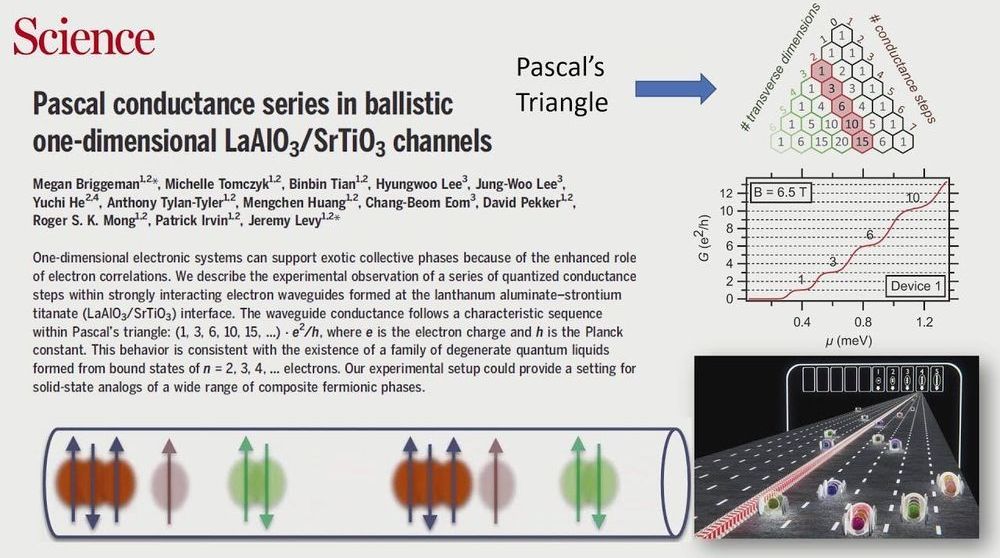
Scientists uncovered a new state of matter that could lead us to many exciting new forms of quantum computing and teleportation.
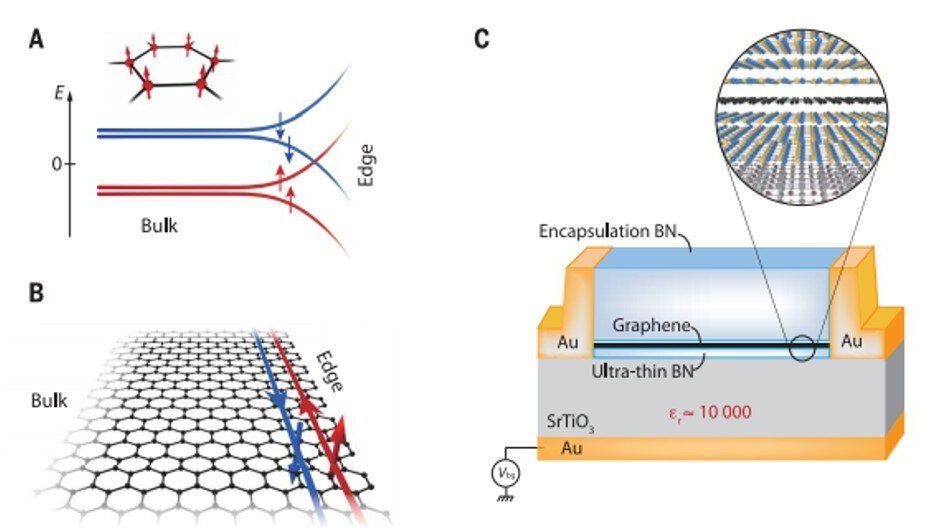
Materials that exhibit topological phases can be classified by their dimensionality, symmetries and topological invariants to form conductive-edge states with peculiar transport and spin properties. For example, the quantum Hall effect can arise in two-dimensional (2-D) electron systems subjected to a perpendicular magnetic field. When distinct characteristics of quantum Hall systems are compared with time-reversal symmetric (entropy conserved) topological insulators (TIs), they appear to rely on Coulomb interactions between electrons to induce a wealth of strongly correlated, topologically or symmetry-projected phases in a variety of experimental systems.
In a new report now on Science, Louis Veyrat and a research team in materials science, quantum optics and optoelectronics in France, China and Japan tuned the ground state of the graphene zeroth Landau level i.e. orbitals occupied by charged particles with discrete energy values. Using suitable screening of the Coulomb interaction with the high dielectric constant of a strontium titanate (SrTiO3) substrate, they observed robust helical edge transport at magnetic fields as low as 1 Tesla, withstanding temperatures of up to 110 kelvin across micron-long distances. These versatile graphene platforms will have applications in spintronics and topological quantum computation.
Topological insulators (TIs), i.e., a material that behaves as an insulator in its interior but retains a conducting surface state, with zero Chern number have emerged as quantum Hall topological insulators (QHTIs) arising from many-body interacting Landau levels. They can be pictured as two independent copies of quantum Hall systems with opposite chirality, but the experimental system is at odds with the described scenario, where a strong insulating state is observed on increasing the perpendicular magnetic field in charge-neutral, high-mobility graphene devices.

At a quantum level, the vanishingly tiny particles that make up the building blocks of everything don’t even have a set location, just a smear of possible positions dictated by complex rules of probability.
And theoretical physicist Sean Carroll is entirely happy with that. He says that the fact that tiny particles like electrons and photons don’t have one set place in the universe is evidence that there are many parallel universes.
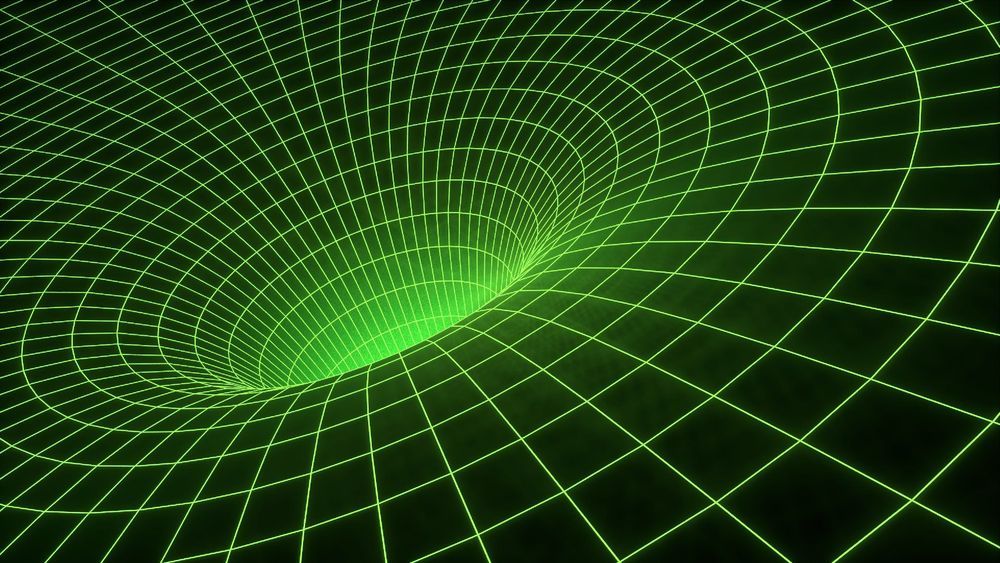
Scientists have been attempting to come up with an equation to unify the micro and macro laws of the Universe; quantum mechanics and gravity. We are one step closer with a paper that demonstrates that this unification is successfully realized in JT gravity. In the simplified toy model of the one dimensional domain, the holographic principle, or how information is stored on a boundary that manifests in another dimension is revealed.
How did the universe begin? How does quantum mechanics, the study of the smallest things, relate to gravity and the study of big things? These are some of the questions physicists have been working to solve ever since Einstein released his theory of relativity.
Formulas show that baby universes pops in and out of the main Universe. However, we don’t realize or experience this as humans. To calculate how this scales, theoretical physicists devised the so-called JT gravity, which turns the universe into a toy-like model with only one dimension of time or space. These restricted parameters allows for a model in which scientists can test their theories.

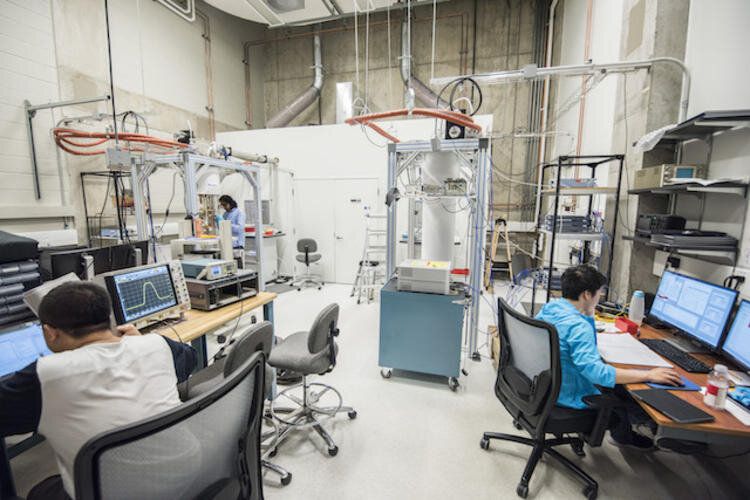
Researchers from the Institute for Quantum Computing (IQC) at the University of Waterloo report the first occurrence of directly splitting one photon into three.
The occurrence, the first of its kind, used the spontaneous parametric down-conversion method (SPDC) in quantum optics and created what quantum optics researchers call a non-Gaussian state of light. A non-Gaussian state of light is considered a critical ingredient to gain a quantum advantage.
“It was understood that there were limits to the type of entanglement generated with the two-photon version, but these results form the basis of an exciting new paradigm of three-photon quantum optics,” said Chris Wilson, a principle investigator at IQC faculty member and a professor of Electrical and Computer Engineering at Waterloo.
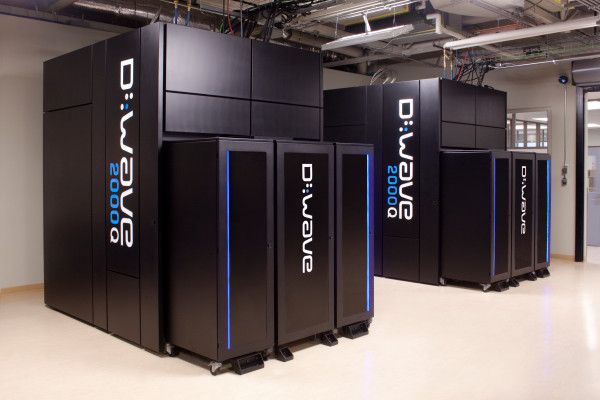
D-Wave today announced the launch of Leap 2, the latest version of its quantum cloud service that gives developers real-time access to its hardware quantum systems.
As the company notes, Leap 2 was built with the feedback of thousands of developers in mind who used the previous generation of the service since it launched 18 months ago.
At the core of Leap 2 is D-Wave’s new hybrid solver that can handle complex problems with up to 10,000 variables. As a hybrid system, D-Wave uses both classical and quantum hardware to solve these problems.

Do you àgree?
In Peter Diamandis and Steven Kotler’s new book, The Future Is Faster Than You Think, the futurist and science writer talk about converge and how a host of technologies, including VR, quantum computing, and A.I., are speeding up development of flying cars and changing new and old industries.